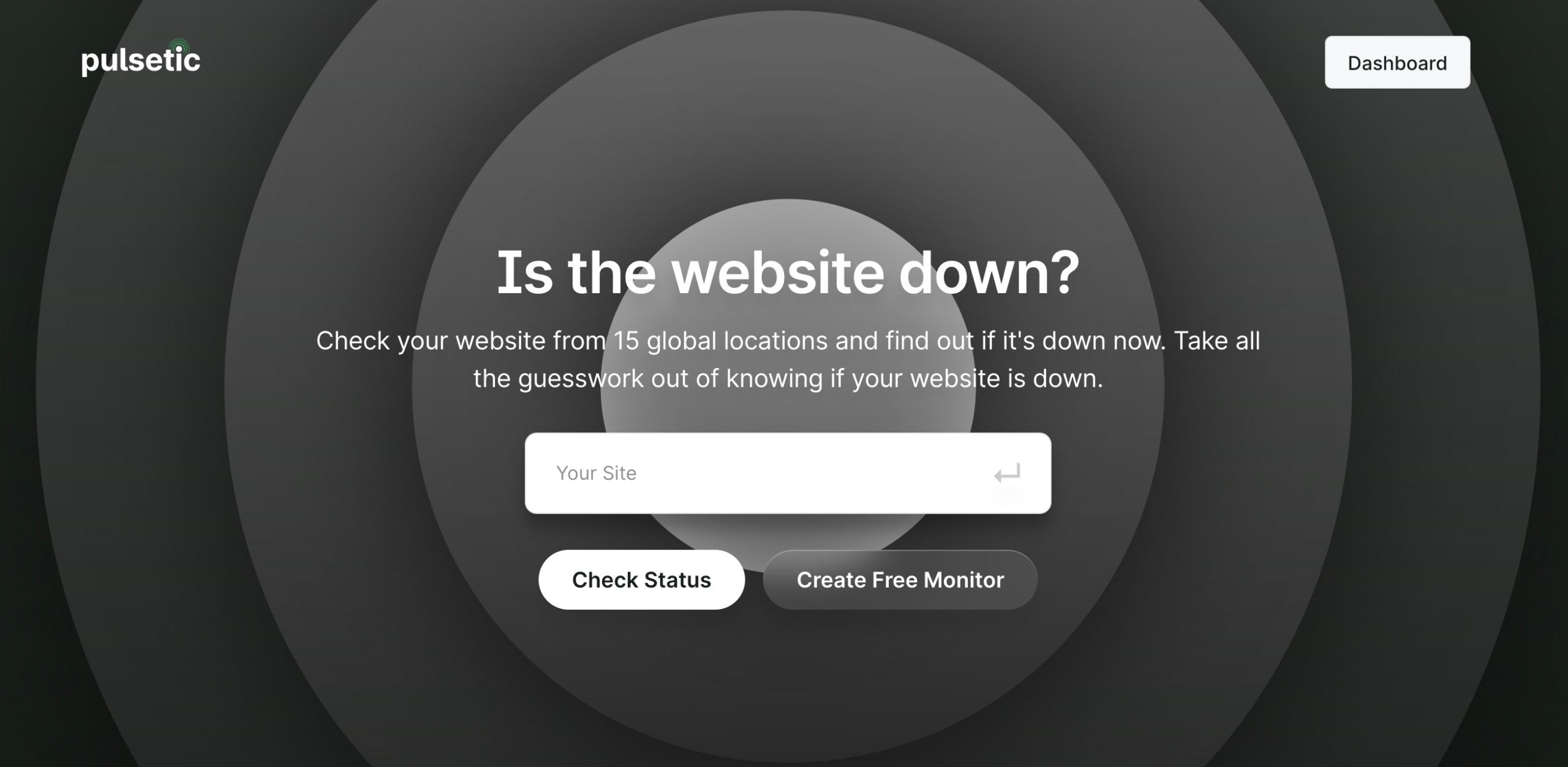Physical Address
304 North Cardinal St.
Dorchester Center, MA 02124
Physical Address
304 North Cardinal St.
Dorchester Center, MA 02124
In today’s digital age, a website is often a company’s first point of contact with its customers. Thus, ensuring constant uptime is crucial. But, like any other digital tool, websites sometimes go down. Here, we will explore why this happens and how to address such issues specifically on the WordPress platform.
Just as a closed or inaccessible store drives potential customers away, a downed website can adversely impact traffic, sales, and brand reputation. Website downtimes are like digital eclipses – they darken your online presence momentarily, often unexpectedly. Whether you are a seasoned webmaster, a blogger, or an entrepreneur with a digital storefront, understanding the reasons behind these outages, especially on widely-used platforms like WordPress, is paramount.
The consequences of an unresponsive site can range from lost revenue to diminished user trust. Thankfully, most issues are solvable with the right know-how. This article aims to delve deep into the reasons behind website downtimes and guide you through effective solutions on the WordPress platform.

wp-content. Rename the plugins folder. This deactivates all plugins. If your site comes back, reactivate plugins one by one until you find the culprit.wp-config.php file, and add this line: define('WP_MEMORY_LIMIT', '256M');.wp-config.php, look for define('WP_DEBUG', false); and change false to true. This will display errors that can lead you to the issue.In conclusion, while the “is website down” moment can be stressful, especially for businesses, there are often straightforward solutions. By systematically troubleshooting and having a reliable backup system in place, you can mitigate prolonged downtime and ensure a seamless experience for your users.
On platforms like WordPress, which power a significant chunk of the web, understanding potential pitfalls and preemptively addressing them is paramount. Armed with the right knowledge and tools, any potential downtime can be reduced significantly, if not entirely eliminated. Ultimately, a proactive approach, regular monitoring, and timely interventions will ensure that your digital space remains accessible, catering to the ever-evolving needs of the global audience. In an age where digital real estate is as valuable as its physical counterpart, ensuring the lights stay on becomes the key to sustained success and credibility.
Frequently Asked Questions: Website Downtime and Solutions on WordPress
Q1: What is meant by ‘website downtime’?
A1: Website downtime refers to the period when a website is unavailable or inaccessible to users. This can be due to various reasons, ranging from server issues to coding errors. During downtime, users can’t access the website’s content, products, or services.
Q2: How can I monitor my WordPress website’s uptime?
A2: There are numerous monitoring tools available like Pulsetic, Uptime Robot, Pingdom, and Jetpack Monitor that can alert you when your website goes down. These tools periodically check your site and notify you via email or SMS if they detect an outage.
Q3: How do plugins affect my WordPress site’s availability?
A3: Plugins can sometimes conflict with each other or with the WordPress core itself, leading to site crashes. Outdated or poorly-coded plugins can also introduce vulnerabilities, making your site a target for malicious attacks.
Q4: Can hosting providers be responsible for website downtime?
A4: Yes. If the hosting server crashes or undergoes maintenance, all websites hosted on it will be affected. It’s crucial to choose a reputable hosting provider with a track record of high uptime percentages.
Q5: What steps should I take immediately after realizing my website is down?
A5: Firstly, don’t panic. Check with your hosting provider for any server-side issues. Simultaneously, see if it’s down for everyone or just for you using tools like “Down for Everyone or Just Me?”. If the problem is specific to your site, consider troubleshooting by deactivating recent plugins, checking themes, or consulting the error logs.
Q6: What’s the difference between client-side and server-side issues causing downtime?
A6: Client-side issues arise from the user’s end – like issues with the user’s internet connection, device, or browser. Server-side issues relate to problems on the website’s hosting server, such as server crashes, excessive traffic overloads, or configuration problems.
Q7: How can I safeguard my WordPress website against future downtimes?
A7: Regularly update your WordPress core, plugins, and themes. Choose a reliable hosting provider, frequently backup your website, employ security measures, and use website monitoring tools to get instant notifications about downtimes.
Q8: How do hacker attacks like DDoS contribute to website downtime?
A8: DDoS (Distributed Denial of Service) attacks involve overwhelming a website with excessive traffic, causing it to slow down or crash. Such attacks can render a website inaccessible, leading to prolonged downtimes.
Q9: My website often crashes after I upload new content or make updates. Why?
A9: This could be due to compatibility issues between your new content/updates and your existing plugins or theme. Always test major changes in a staging environment before deploying them live.
Q10: How long does it usually take to resolve website downtime?
A10: The duration to resolve downtime varies based on its cause. Server-side issues might be resolved quickly if the hosting provider is proactive. However, issues like plugin conflicts or DDoS attacks might take longer to address, especially if the root cause isn’t immediately evident.
In the digital world, knowledge is power. By staying informed and being proactive, you can ensure that your WordPress website remains a reliable platform for your visitors and customers.